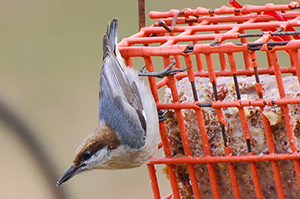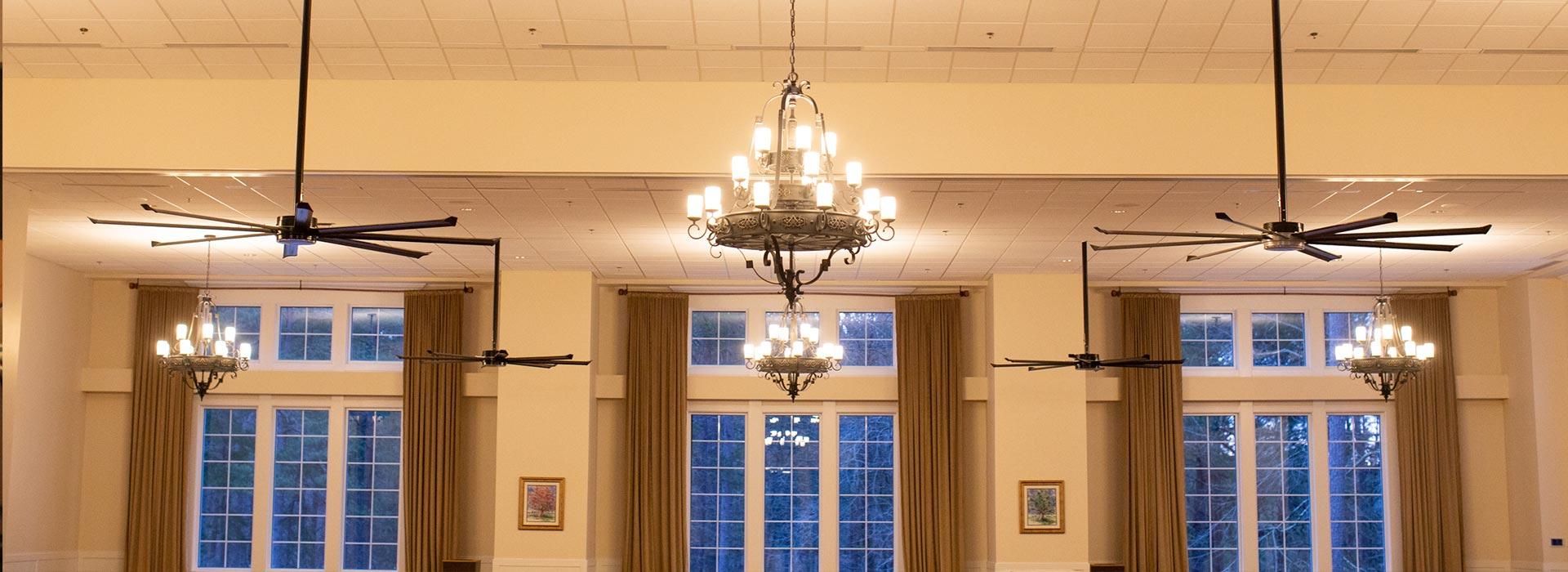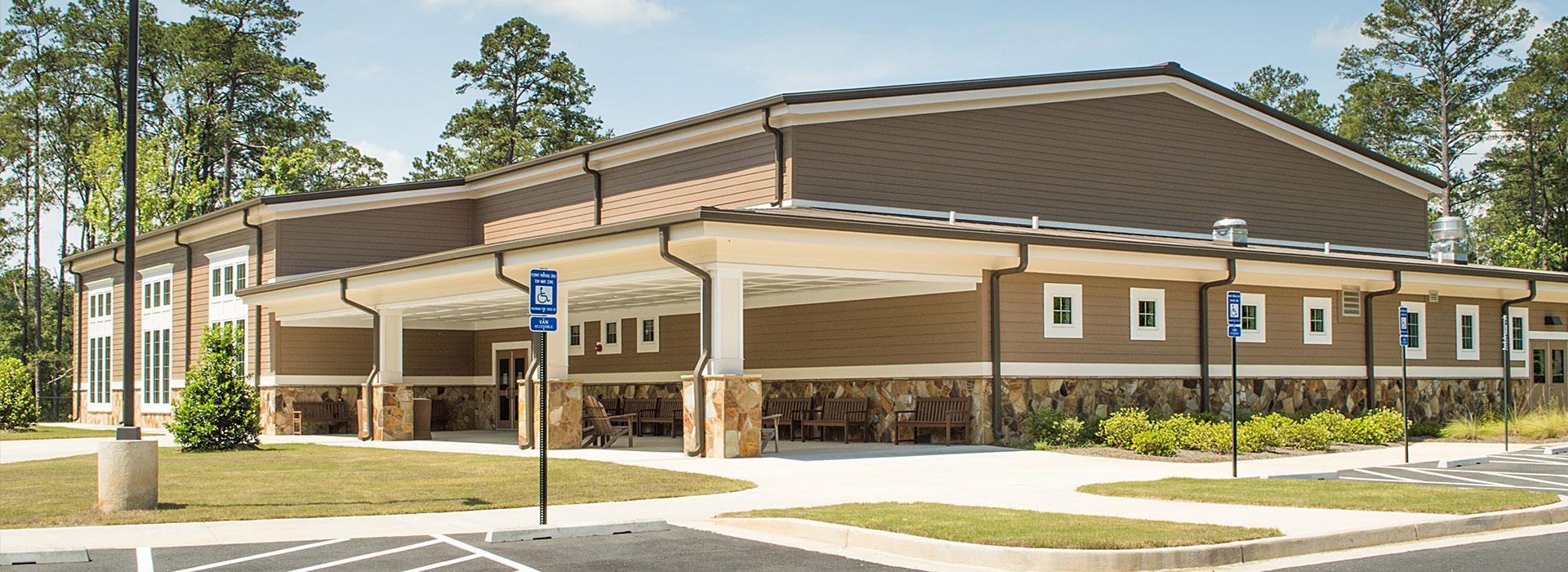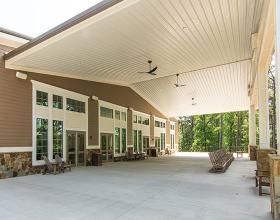
By Terry W. Johnson
In the not too distant past, humans were considered the only animals that used tools. However, biologists throughout the world have discovered that an amazing array of animals including mammals, insects, fish, birds and even cephalopods (e.g., octopus) all make use of tools.
One of these remarkable creatures is a resident of backyards throughout Georgia.
Most of the animals known to use tools employ various objects to obtain food. However, tools are also used by animals for other endeavors, such as construction, defending themselves and grooming. It should be noted that to be considered a tool, the object must be an extension of an animal.
I did not realize this when I worked at the Parker River National Wildlife Refuge in Massachusetts during the summer between my freshman and sophomore years of college. One of my duties was to operate an information booth at the entrance to this Atlantic Coast refuge.
Because of the location, I commonly saw gulls while on duty. One day I saw something I had never seen before. As I watched a herring gull flying by, it dropped a clam onto the asphalt surface of the nearby parking lot. When it landed, picked up the clam and dropped it from the air again I realized the bird was obviously trying to crack open the hard-shelled mollusk.
I was convinced I had just witnessed something I never thought I would see—a wild animal using a tool. Much to my chagrin, I later learned that, since the parking lot was not an extension of the gull, the phenomenon I witnessed was not “tool use.”
Yet little did I know less than a decade later a biologist would report that another bird, the brown-headed nuthatch, does indeed use tools.
Most ornithologists believe there are somewhere between 9,000 and 10,000 species of birds in the world. Out of all these species, only 270 actually use tools. Remarkably, many ornithologists share the belief that the brown-headed nuthatch is the only North American bird that regularly uses tools.
The tool most often employed by the bird is a flaky piece of barked called a bark scale. The bird uses the scales as pry bars. Holding a scale in its long, slender beak, brown-headed nuthatches will insert the loose scale under a scale firmly attached to a pine tree. It then tries to pry the stubborn scale loose and uncover any hidden delicacies underneath, such as caterpillars, spiders, cockroaches and other invertebrates.
More often than not, if a nuthatch is successful in dislodging a scale, it will immediately drop the scale held tightly in its beak. However, at times a bird will use the same scale to wedge loose three to four scales before discarding it. Observers lucky enough to witness this remarkable behavior have reported that brown-headed nuthatches may use as many as three tools during a single feeding event.
I should note that in addition to bark scales, nuthatches have also been seen using pine needles and twigs as tools.
Both adult and young nuthatches use tools to obtain food. However, it has been reported that young nuthatches only employ tools during the first few months after they fledge.
It also appears that the tiny nuthatch engages in this behavior most often while looking for food on longleaf pine trees. Could this be because the birds are apparently more able remove the flaky scales found on the trunks of these trees than others? Who knows?
Biologists are uncertain when or how this unorthodox behavior began. One theory suggests it could possibly be linked to the bird's propensity to carrying seeds to a nearby tree. This behavior is familiar to backyard feeder watchers. As soon as a seed is wedged in a fissure in the tree's bark, the bird hammers the seed with its sharp bill until the seed's tough hull is breached. After devouring the meat inside, the bird invariably returns to the feeder for another seed.
I find it hard to believe a half-century has passed since I mistakenly thought a gull dropping a clam on an asphalt parking lot was an example of a bird using a tool. Since brown-headed nuthatches are permanent residents in my backyard, perhaps I will one day spot one using a pine scale to ferret out hidden food beneath the bark of one of my pine trees.
I am convinced that, if I do, I will feel my long wait was worth it.
Terry W. Johnson is a former Nongame program manager with the Wildlife Resources Division and executive director of The Environmental Resources Network, or TERN, friends group of the division’s Nongame Conservation Section. (Permission is required to reprint this column.) Learn more about TERN, see previous “Out My Backdoor” columns, read Terry’s Backyard Wildlife Connection blog and check out his latest book, “A Journey of Discovery: Monroe County Outdoors.”






